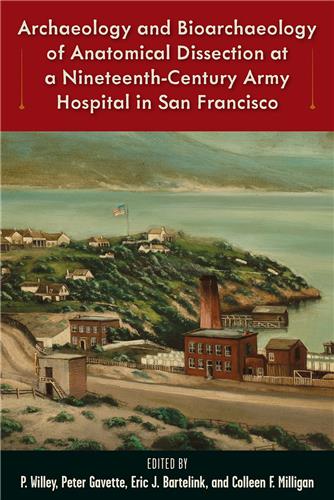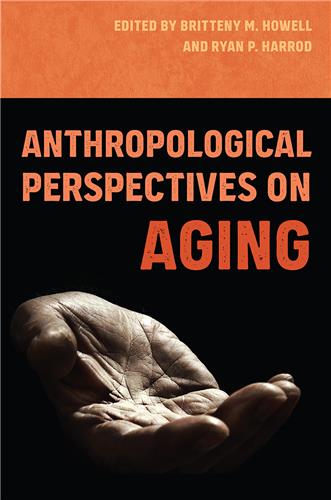A valuable new resource for the growing field of the dance sciences, this book provides foundational knowledge for anyone who wants to understand, apply, and conduct research with dancers.
Buy Books: Browse by Season: Fall 2022
Fall 2025 - Spring 2025 - Fall 2024 - Spring 2024 - Fall 2023 - Spring 2023Please note that while you may order forthcoming books at any time, they will not be available for shipment until shortly before publication date
This volume uses historical, archaeological, and bioarchaeological analysis to study and understand a nineteenth-century medical waste pit discovered at the former Army hospital at Point San Jose in San Francisco.
Examining the role of boundaries and limits in James Joyce’s later works, primarily Finnegans Wake but also Ulysses and other texts, this book explains and reconciles Joyce’s contrary tendencies to establish and transgress limits and shows the Wake’s relevance to many different fields of thought.
In this volume, contributors apply human behavioral ecology theoretical models to coastal environments around the globe and to the use of coastal resources by past human societies, showing how researchers can gain insights about human behavior in these settings.
Taking a holistic approach to the study of aging, this volume uses biological, archaeological, medical, and cultural perspectives to explore how older adults have functioned in societies around the globe and throughout human history.
In this first systematic comparative study of Cuba and Puerto Rico from both a historical and contemporary perspective, contributors highlight the interconnectedness of the two archipelagos and encourage a more nuanced and multifaceted study of the relationships between the islands and their diasporas.
The first comprehensive discussion of the historical archaeology of homelessness, this book highlights the social complexities, ambiguities, and significance of the home and the unhomed in the archaeological record.
In this book, Robert Carr traces the rich 11,000-year human heritage of the Miami area from the time of its first inhabitants through the arrival of European settlers and up to the early twentieth century.
This book compares the sociopolitical processes behind two major revolutions—those of Cuba in 1959, when Fidel Castro came to power, and Venezuela in 1999, when Hugo Chávez won the presidential election.










